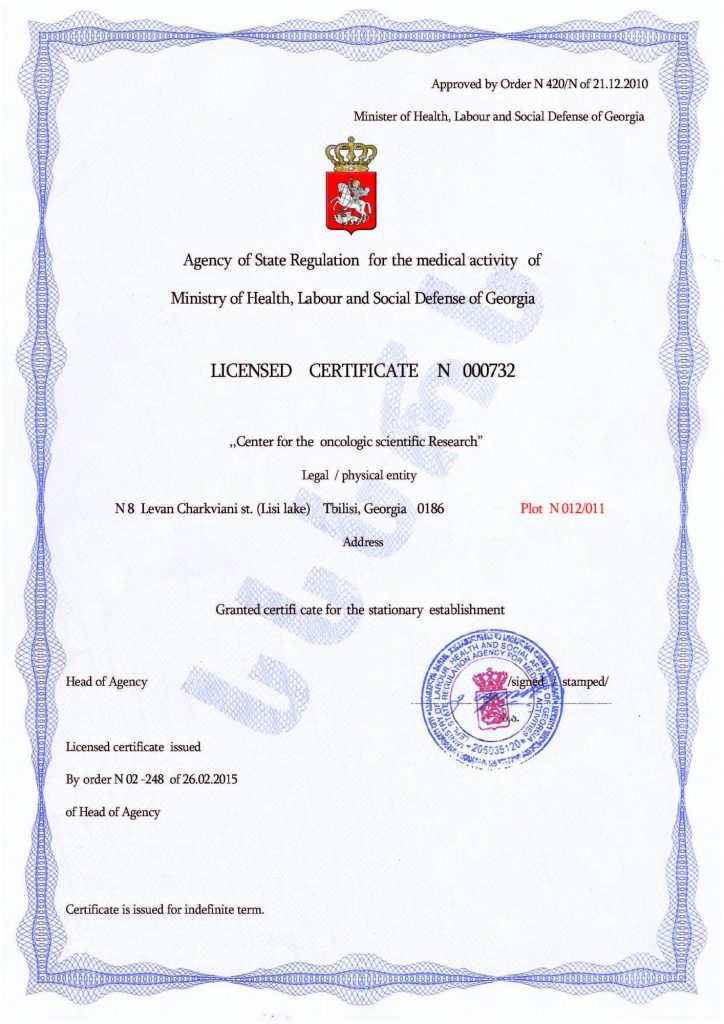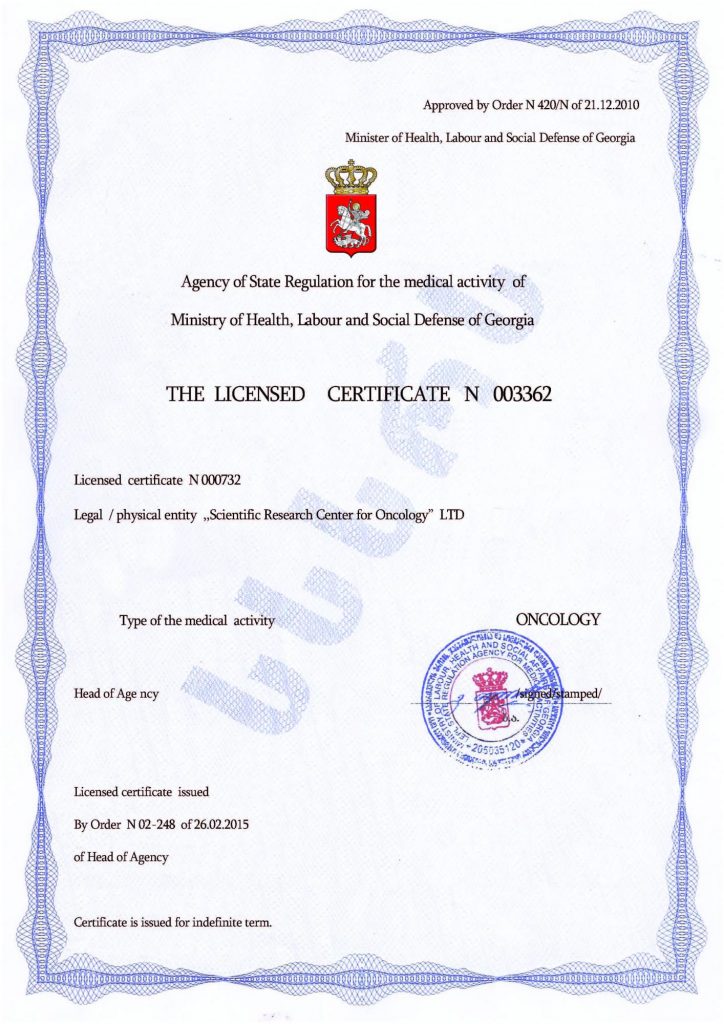How to Teach an Autistic Child to Eat with a Spoon
According to the experience of parents of autistic children, teaching a child to use a spoon and other utensils should begin as soon as they make their first attempts to hold a spoon. Parents face a choice—whether to feed the child by hand with a spoon or give them the opportunity to learn on their own. Some children have a tendency to eat with their hands. These attempts should, if possible, be discouraged, and the child’s attention should be redirected to the spoon.
Recommendations for Teaching Children with Autism to Use Eating Utensils
Correct Behavior Model. Show how to use the spoon properly by doing it in their presence. You can use a doll or a toy to make the process more visual and interesting.
Visual Instructions. Use bright and attractive plates and spoons to engage the child. You can choose their favorite characters or colors.
Step-by-Step Learning. Start by having the child hold the spoon and teach them to bring it to their mouth. Later, add stages: first, pick up a small amount of food, then take a bite.
Playful Elements. Turn the process into a game. For example, use small toys or markers to make mealtime fun and less stressful.
Positive Reinforcement. Praise the child for every success, even if it’s small. This will help create a positive association with the process.
Regular Practice. Spend time at the table together, allowing the child to observe how you eat. Regular practice will help reinforce the skills.
Adaptation. If the child finds it difficult to use a regular spoon, try different options (e.g., spoons with wider handles or special utensils).
Patience and Understanding. Remember, each child progresses at their own pace. Be prepared for the process to take time.
Reward. For successful attempts to use eating utensils, give the child small pleasant rewards. Show them the positive emotions that their effort to achieve the goal evokes.
Autism Correction with Stem Cells
Stem cell transplantation helps many children reduce the manifestations of autistic traits. Stem cell therapy does not cure autism completely, but it allows for the restoration of damaged areas of the brain that are responsible for specific functions. Children who undergo the procedure at the Mardaleishvili Medical Center show confident progress in development. Most young patients experience improved self-control, the ability to wait, focus on tasks, reduced anxiety, and improvements in communication and socialization. Those children who couldn’t even hold a spoon yesterday are now trying to eat independently and are determined to achieve their small everyday goals.
The entire treatment process at the Mardaleishvili Medical Center is divided into stages. The first diagnostic stage involves specialists examining the patient for associated conditions and somatic status. The subsequent stage is the surgery. The patient stays at the clinic for only a few days. The rehabilitation and active observation period is the final stage of therapy, lasting up to 12 months after the stem cell transplantation. One year after the procedure, the effectiveness of the treatment can be assessed.
Want to learn more about stem cell transplantation for autism and ASD? Contact the specialists at the Mardaleishvili Medical Center.
Autism Treatment Center Videos
Autism treatment with own stem cells
Cord blood association congress
International Quality Crown
Autism Treatment Reviews
Autism treatment with own stem cells
The story of Alessandro (6 years old)
Autism Patient Testimonial - Stem Cell Treatment
Clients Testimonials

Review by Anastasia, mother of Yusup (8 years old) Read More

Feedback from Nathalie, mother of Andre (9 years old) Read More

Feedback from Yulia, mother of Emily (7 years old) Read More

Feedback by Everita, Katrina’s mother (5 years old) Read More

Feedback from Igor, David’s father (12 years old) Read More












